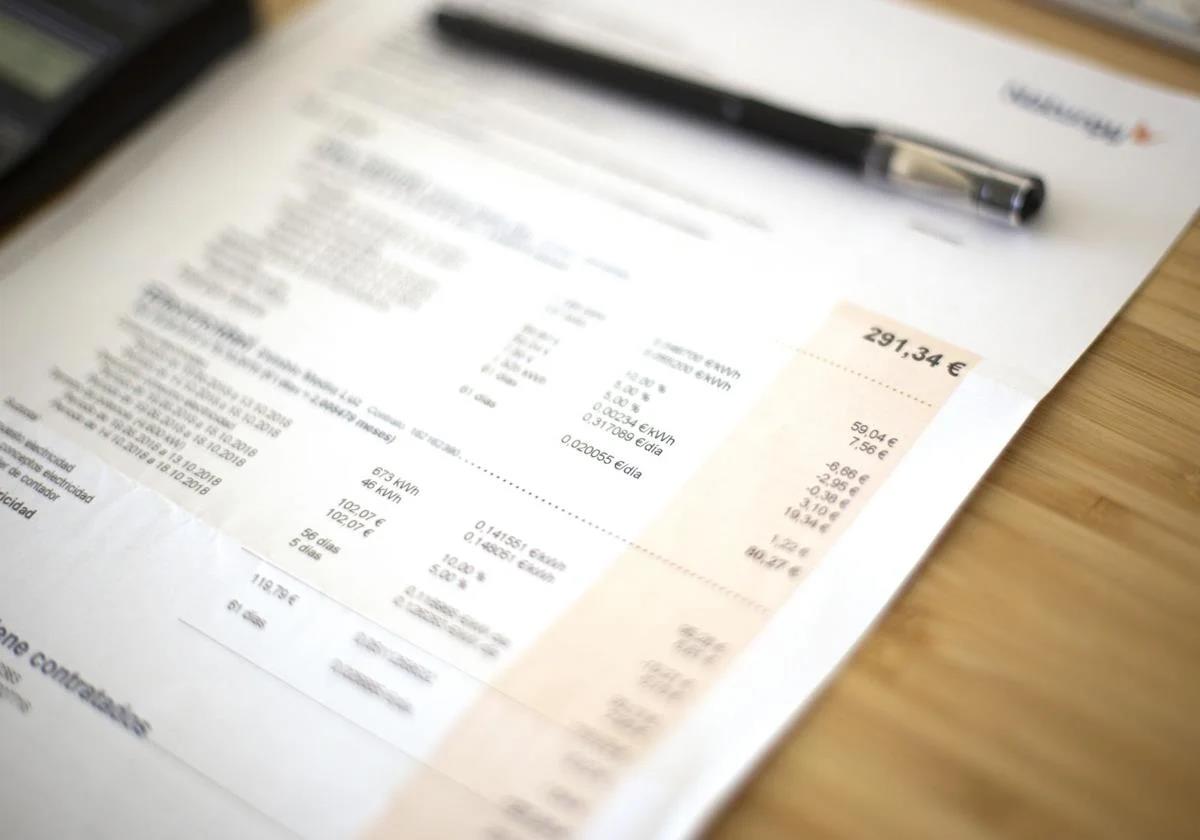

Sections
Highlight

Inflation has fallen in Spain for the first time since October 2024. The consumer price index (CPI) fell seven tenths of a percentage point in March to 2.3%, very close to the European Central Bank (ECB) target for Spain of 2%, according to data released this Friday by the Spain's INE national statistics institute.
This fall to 2.3% from the 3% inflation rate in February is mainly due to lower electricity bills due to greater energy generation from renewables - especially wind and hydroelectric power - as a result of the storms that have swept across the country in the last three weeks. The opposite happened in January and February with electricity bills when they shot up due to IVA sales tax returning from 10% to its normal rate of 21% as of 1 January, following the end of the anti-crisis package of price deals to aid consumers.
However, the heavy rains and strong winds across Spain in March caused energy prices to fall due to the increase in output from renewables, as stated in the latest press statement from the Ministry of Economy in Madrid. The CPI thus breaks with five consecutive months of rises and stands at its lowest level since last October.
That said, the month of March has been a month of two parts with respect to generation of renewable energy. The turning point came on 13 March when the average price of electricity stood at 111.73 euros/MWh. Then, from the 14th, still with heavy rains but much windier, the price normalised to an average of 51.1 euros/MWh until 26 March: a decrease of 53.7%. This new scenario has brought low and even negative prices during the core hours of the day, although these periods are not really free for the consumer as fixed costs for standing charges and system adjustments will still be added to the final bill.
As a result, thanks to the rainiest month of March since 1961 and with Spanish reservoirs at 70% of their capacity, electricity bills have somewhat eased up on their upward trend. This dip is more noticeable in light of the average prices seen for the first two months of 2025 when they reached 96.69 euros/MWh in January and 108.31 euros/MWh in February.
The inflation data released by the INE does not detail the increases or decreases item by item, but Spain's OCU consumers' organisation published a food report in which it warns of the spectacular rise in egg prices. This staple of the Mediterranean diet has risen by 24% in March, dragged down by supply problems in other countries due to avian flu, among other reasons.
According to their calculations, a dozen eggs have risen on average in Spanish supermarkets from 2.14 to 2.65 euros. Other staple foods that have continued to rise in March according to the OCU analysis were onions (13% more expensive than a year ago), oranges (up 11%), green peppers (+7%), then salad tomatoes, minced meat and yoghurt all up by 5%.
The underlying inflation rate, which measures the more stable elements of what we purchase as it does not take into account the more volatile energy and fresh food prices, also fell by another two tenths of a percentage point in March to 2%, the lowest rate for more than three years.
In particular, core inflation had not been this low since December 2021, just before the onset of the inflationary crisis with the outbreak of the pandemic and the start of the Ukrainian war, which sent prices soaring not only in Spain but also in the EU and the United States.
In addition to electricity there are other elements that have contributed to lowering the rate of inflation in March compared to a year ago. According to the INE, fuels, for one, have risen less this month than in March 2024. It will be interesting to observe the effect of Easter week this time around since last year it fell in March, which caused some transport and package tour prices to rise.
It is good that these storms have reduced electricity bills, but they have also had a negative impact on consumption, which slowed down again during the third week of March. According to data published on Friday by Caixabank Research, consumption grew by only 1.7%, some 3.2% less than in February. This slowdown in trade in March, especially in the face-to-face sector, "is associated with adverse weather conditions and the calendar effect caused by Easter, which in 2024 occurred in March", the analysts explain.
This month's figure is mainly due to the decline in face-to-face trade, down 1.3% year-on-year (4.2 points less than in February) and the slowdown in e-commerce growth to 5.4% (4.3 points less than in February).
Publicidad
Publicidad
Publicidad
Publicidad
Esta funcionalidad es exclusiva para registrados.
Reporta un error en esta noticia

Debido a un error no hemos podido dar de alta tu suscripción.
Por favor, ponte en contacto con Atención al Cliente.

¡Bienvenido a SURINENGLISH!

Tu suscripción con Google se ha realizado correctamente, pero ya tenías otra suscripción activa en SURINENGLISH.
Déjanos tus datos y nos pondremos en contacto contigo para analizar tu caso

¡Tu suscripción con Google se ha realizado correctamente!
La compra se ha asociado al siguiente email
Comentar es una ventaja exclusiva para registrados
¿Ya eres registrado?
Inicia sesiónNecesitas ser suscriptor para poder votar.